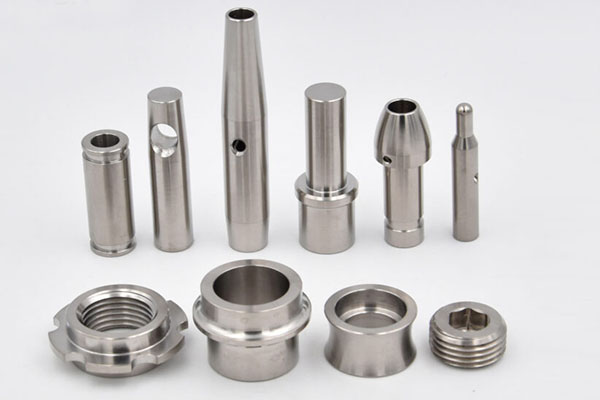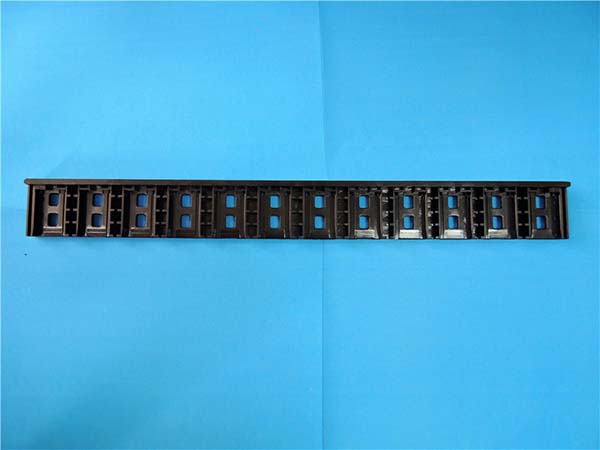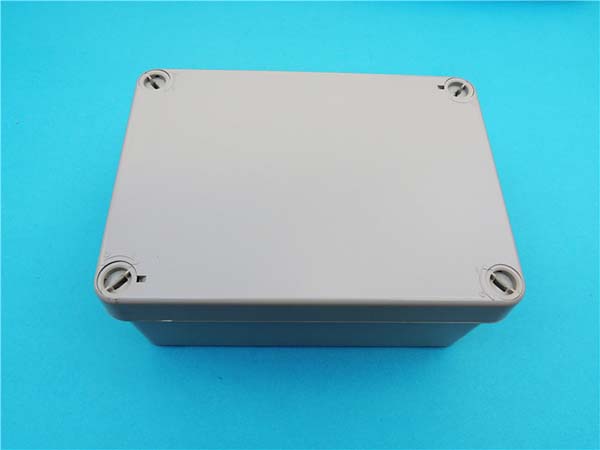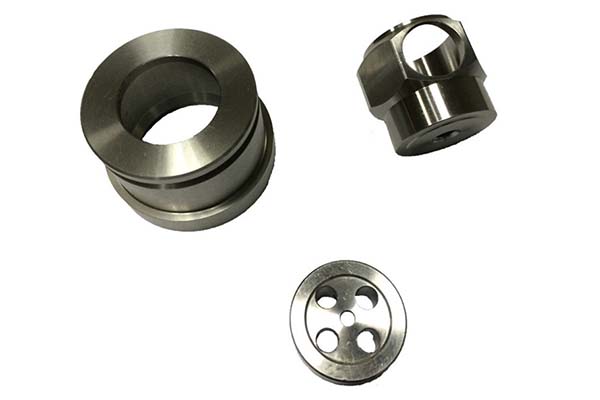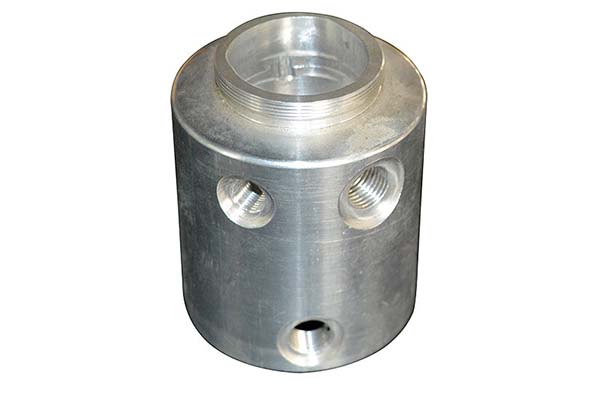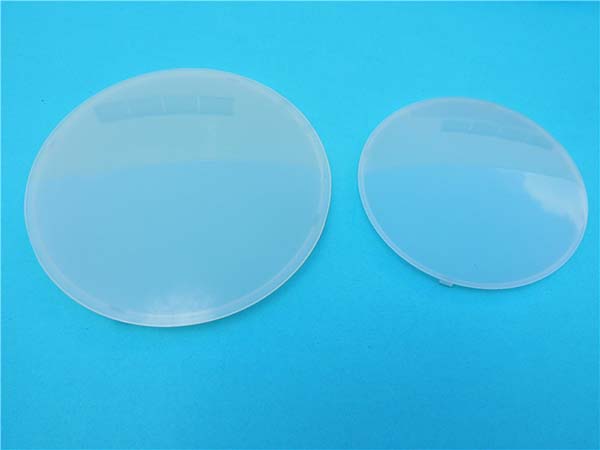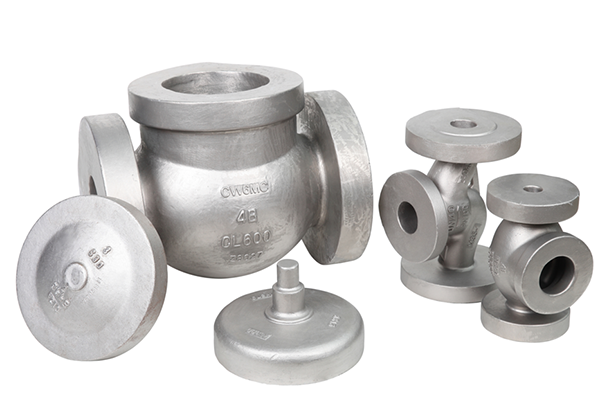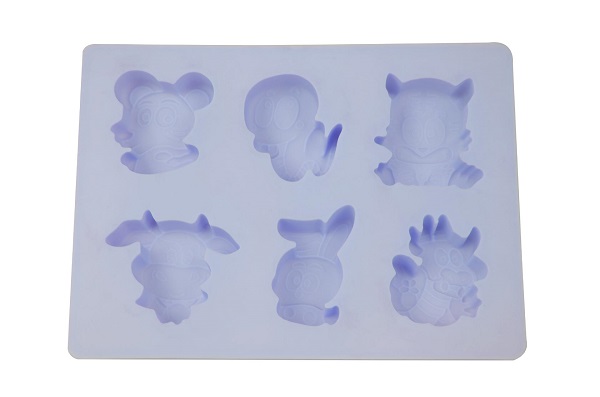1. Introduction: The Catalyst for Modern Innovation
Prototype manufacturing has evolved from a niche engineering practice to a cornerstone of global innovation, bridging the gap between conceptual design and market-ready solutions. By transforming ideas into tangible models, it enables iterative testing, reduces development risks, and accelerates time-to-market. This article explores how advanced techniques, data-driven approaches, and cross-industry applications are reshaping innovation cycles, supported by real-world examples and technical insights.
Today, prototype manufacturing has become a game - changer. It serves as the crucial link between the drawing board and the marketplace. With the help of state - of - the - art technologies, companies can quickly turn their ideas into physical or virtual prototypes. These prototypes can then be tested, refined, and optimized, all within a relatively short period. This has not only sped up the innovation process but has also made it more cost - effective.
The impact of prototype manufacturing on innovation is far - reaching. It has enabled companies across various industries to stay competitive in a rapidly evolving global market. By allowing for early detection of design flaws and performance issues, prototype manufacturing reduces the risk of product failures in the market. This, in turn, saves companies from potential financial losses and damage to their brand reputation. In the following sections, we will delve deeper into the specific ways in which prototype manufacturing is revolutionizing innovation, from the technologies driving the change to the real - world applications that are shaping our future.
2. The Core Mechanisms: How Prototype Manufacturing Drives Innovation
2.1 Rapid Iteration: From Sketch to Reality in Days, Not Months
In the realm of innovation, time is of the essence. Rapid iteration, made possible by advanced prototype manufacturing techniques, has transformed the product development cycle.
Digital prototyping tools, especially 3D printing (additive manufacturing), have been at the forefront of this revolution. 3D printers can create complex geometries in a matter of hours. They use a wide range of materials, from common ABS plastic to high - performance aerospace - grade titanium. For Yigu Technology example, a medical device startup was able to reduce its initial prototype lead time from 8 weeks to just 48 hours by using SLA (Stereolithography) technology. This significant reduction in time allowed the company to conduct 30% more design iterations during the ideation phase. With SLA, a laser is used to cure liquid resin layer by layer, creating highly detailed prototypes. This not only speeds up the process but also enables designers to test and refine their ideas more quickly, leading to better - optimized products.
CAD - driven precision is another key aspect of rapid iteration. Parametric design software such as SolidWorks and CATIA allows engineers to perform real - time simulations of various physical properties. For instance, they can simulate mechanical stresses, aerodynamics, or thermal performance. By doing so, potential flaws can be identified early in the design process. Automotive manufacturers have reported a 40% reduction in physical prototype iterations by leveraging virtual testing before physical production. In the design of a new car model, for example, engineers can use CAD software to simulate how the vehicle will perform in different driving conditions, such as high - speed cornering or sudden braking. This helps them to make design adjustments and improvements without having to build a physical prototype, saving both time and cost.
2.2 Risk Mitigation: Failing Fast to Succeed Faster
Innovation is inherently risky, but prototype manufacturing provides a safety net by allowing for early identification and mitigation of potential issues.
Functional validation through prototypes is crucial. Engineers can test critical parameters of a product. For example, when designing a bridge component, it can be tested to 120% of its design load to ensure its structural integrity. In the case of a pharmaceutical vial, it can be submerged in corrosive solvents for 1,000 hours to test its chemical resistance. A tech startup avoided a $2M manufacturing defect by detecting a circuit flaw in a prototype during EMI (electromagnetic interference) testing. By conducting these tests on prototypes, companies can make sure that their products will perform as expected in real - world scenarios, reducing the risk of costly failures once mass production begins.
User feedback integration is also an essential part of risk mitigation. Consumer goods companies often use prototypes to conduct human - factor studies. For example, when developing a new handheld power tool, ergonomic testing can be done using prototypes. One brand improved user satisfaction scores by 25% after refining a grip design based on prototype feedback. Through user testing, they found that the original grip caused hand fatigue during 8 - hour use. By making design changes based on this feedback, they were able to create a more user - friendly product, which in turn reduced the risk of market failure due to poor user experience.
2.3 Cost Optimization: Balancing Innovation and Budget
Prototype manufacturing offers a range of options that allow companies to balance innovation with budget constraints. Different types of prototypes have varying material costs, lead times, and use cases, as shown in the following Yigu Technology table:
| Prototype Type | Material Cost | Lead Time | Use Case Example |
| 3D - Printed Plastic | \(50 - \)500 | 1 - 3 days | Consumer electronics (e.g., smartphone case fit testing) |
| CNC - Machined Metal | \(500 - \)5,000 | 5 - 10 days | Aerospace brackets (Grade 5 titanium, ±0.01mm tolerance) |
| Composite Molded Prototype | \(10,000 - \)50,000 | 2 - 4 weeks | Automotive interior components (carbon fiber - reinforced plastic) |
3D - printed plastic prototypes are a cost - effective option for quick and early - stage testing, especially in consumer electronics. They are relatively inexpensive and can be produced in a short time, allowing for rapid design iterations. For Yigu Technology example, when testing the fit and feel of a new smartphone case, a 3D - printed plastic prototype can provide valuable insights without breaking the bank.
CNC - machined metal prototypes, on the other hand, are more expensive and time - consuming but offer high precision. They are often used in industries like aerospace, where tight tolerances are crucial. A Grade 5 titanium aerospace bracket, for instance, requires the accuracy provided by CNC machining to ensure its proper function in high - stress flight conditions.
Composite molded prototypes are the most costly and time - consuming but are necessary for applications where high - strength, lightweight materials are required, such as in automotive interior components made of carbon fiber - reinforced plastic. Although they are expensive, they can lead to significant cost savings in the long run by improving product performance and reducing the need for rework during mass production.
3. Technological Advancements: Tools Redefining Prototype Capabilities
3.1 Additive Manufacturing: Beyond Traditional Limitations
Additive manufacturing, commonly known as 3D printing, has shattered the constraints of traditional manufacturing techniques. It allows for the creation of complex geometries that were once either extremely difficult or impossible to achieve with subtractive methods.
Multi - material printing is a remarkable feature of modern 3D printers. Systems like the Stratasys J750 are at the forefront of this innovation. This printer enables the seamless integration of rigid, flexible, and transparent materials in a single prototype. In the medical device industry, this is a game - changer. For Yigu Technology example, consider a wearable health monitor that requires both structural strength to protect its internal components and a biocompatible soft - touch surface for user comfort. The J750 can print a prototype using ABS (acrylonitrile butadiene styrene) for the rigid outer casing, providing the necessary protection, and TPU (thermoplastic polyurethane) for the surface in contact with the skin. TPU is known for its biocompatibility, flexibility, and soft feel, making it ideal for this application. This multi - material printing capability reduces the need for post - assembly of different components, saving time and potentially reducing production costs.
Mass customization has also been revolutionized by additive manufacturing. A footwear brand, for instance, harnessed the power of generative design software paired with 3D printing. By scanning the feet of 100 individuals, they were able to generate unique shoe designs tailored to each person's foot shape. Using 3D printing, they produced 100 unique shoe prototypes in just 72 hours. This not only demonstrated the speed of 3D printing but also its potential for mass customization. In the past, creating custom - fit shoes was a time - consuming and expensive process, often involving manual labor. With 3D printing, the brand was able to reduce custom product development time by 60%. This has significant implications for the future of the footwear industry, as well as other industries that require personalized products.
3.2 Subtractive Manufacturing: Precision for High - Stakes Industries
While additive manufacturing has made significant strides, subtractive manufacturing techniques continue to be indispensable, especially in high - stakes industries where precision is of utmost importance.
5 - Axis CNC (Computer Numerical Control) machining is a prime example of advanced subtractive manufacturing. This technology is capable of machining complex titanium aerospace components with an astonishing tolerance of 0.001mm. In the aerospace industry, the aerodynamic performance of components is critical. For example, airfoil surfaces on aircraft wings or turbine blades must meet exacting aerodynamic specifications. 5 - Axis CNC machining ensures that these surfaces are machined to perfection without the need for extensive post - processing. Defense contractors also heavily rely on this technology. Missile guidance housings, for instance, require extreme precision. A dimensional error of just 0.05mm could cause the missile to deviate from its intended trajectory, potentially leading to mission failure. 5 - Axis CNC machining provides the level of accuracy necessary to prevent such catastrophic errors.
EDM (Electrical Discharge Machining) is another subtractive manufacturing process that excels in working with hard materials. Ideal for materials like tungsten carbide, EDM creates intricate geometries through a process of electrical discharge. For Yigu Technology example, in the development of a heat exchanger prototype, EDM can create 0.2mm - diameter holes with a surface roughness below Ra 0.2μm. This level of precision is critical for microfluidic applications, where the smooth flow of fluids is essential. In a microfluidic chip, for instance, rough surfaces or inconsistent hole diameters could disrupt the flow of fluids, affecting the performance of the entire system. EDM's ability to create precise geometries in hard materials makes it an invaluable tool in industries such as aerospace, automotive, and medical device manufacturing.
3.3 Material Innovation: Expanding Design Possibilities
The development of new materials is another key factor driving innovation in prototype manufacturing. These materials offer enhanced properties that open up new design possibilities.
Nanocomposites are materials that incorporate nanoparticles, such as carbon nanotubes, into a polymer matrix. Prototypes using carbon nanotube - reinforced polymers exhibit remarkable properties. For example, they can have a 30% higher tensile strength than traditional plastics. This makes them ideal for applications where strength - to - weight ratio is crucial, such as in the construction of drone frames. A drone frame made from carbon nanotube - reinforced polymer can be lighter than a traditional plastic frame while still being able to withstand high - speed winds of up to 150km/h. This not only improves the performance of the drone but also extends its flight time, as less energy is required to lift a lighter frame.
Biodegradable materials are also gaining traction, especially in industries where environmental concerns are at the forefront. A packaging startup developed a prototype compostable clamshell made from algae - based resin. This material not only passed FDA food - contact safety tests but also decomposed 40% faster than PLA (polylactic acid), a commonly used biodegradable plastic. In a world where plastic waste is a major environmental issue, the development of such materials is a significant step forward. This prototype clamshell could potentially replace traditional non - biodegradable plastic packaging, reducing the amount of plastic waste that ends up in landfills or oceans.
4. Conclusion
Yigu Technology Prototype manufacturing has transcended its traditional role and emerged as a powerful force driving innovation across industries. Through rapid iteration, risk mitigation, and cost - effective solutions, it has become an essential component of modern product development.
Advanced manufacturing technologies, from additive and subtractive manufacturing to material innovation, have expanded the capabilities of prototype manufacturing. They have enabled the creation of complex geometries, the use of novel materials, and the production of highly customized prototypes. This has not only improved the quality of prototypes but has also opened up new possibilities for product design and functionality.
FAQ
- Q: What is the most cost - effective prototype manufacturing method for small - scale startups?
- A: For small - scale startups, 3D - printed plastic prototypes are often the most cost - effective. They have a low material cost (ranging from \(50 - \)500) and a short lead time (1 - 3 days), allowing for quick design iterations with a relatively small investment.
- Q: How can additive manufacturing contribute to sustainable innovation?
- A: Additive manufacturing can contribute to sustainable innovation in several ways. It reduces material waste as it builds objects layer by layer, unlike subtractive methods that remove excess material. Additionally, the use of biodegradable materials in 3D printing, such as algae - based resins, further promotes environmental sustainability.
- Q: Why is cross - disciplinary collaboration important in prototype manufacturing?
- A: Cross - disciplinary collaboration brings together different areas of expertise. For example, engineers can contribute technical knowledge, designers can focus on aesthetics and user - experience, and material scientists can suggest the best materials. This diverse input leads to more well - rounded and innovative prototypes that are better suited to market needs.
